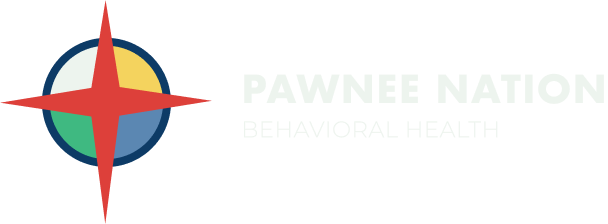Health Equity in Action: Closing the Treatment Gap Through Cultural Relevance
- alex80378
- Oct 8
- 2 min read
Support policies and programs that honor culture as a foundation for healing.
The Ongoing Gap in Behavioral Health
Despite progress in expanding behavioral health services, disparities in access and outcomes continue for Native communities. Historical trauma, systemic inequities, and a lack of culturally relevant approaches have left many without effective, lasting care. True equity means more than expanding programs, it requires transforming them.
Cultural Relevance as a Health Equity Strategy
Culturally adapted interventions (CAIs) address inequities by bridging the gap between who seeks care and who benefits from it. When treatment reflects language, traditions, and lived experience, participation increases and outcomes improve.
Research underscores this: Hai et al. (2021) found that CAIs significantly improve retention and reduce drop-out rates. Similarly, NIH guidance affirms that adaptation to culture is a cornerstone of effective, equitable care.
What Equity in Action Looks Like
Equity requires reimagining care with culture at the center. This can mean:
Incorporating traditional healing practices alongside clinical methods
Building care models rooted in community and family involvement
Supporting provider training in cultural humility and responsiveness
These are not small adjustments, they are systemic changes that move us closer to health equity.
A Call to Policy and Funding Leaders
Achieving health equity demands investment in culturally grounded models. Policymakers and funders play a crucial role in ensuring programs are designed with, not just for, Native communities. By directing resources toward culturally adapted approaches, leaders can help close persistent treatment gaps and advance justice in health care.
Support Culture as a Foundation for Healing
Health equity is not achieved by treating everyone the same, it is achieved by meeting people where they are, honoring who they are, and building programs they can trust. Cultural adaptation turns this vision into practice. Contact us to learn more about our culture based treatments.



